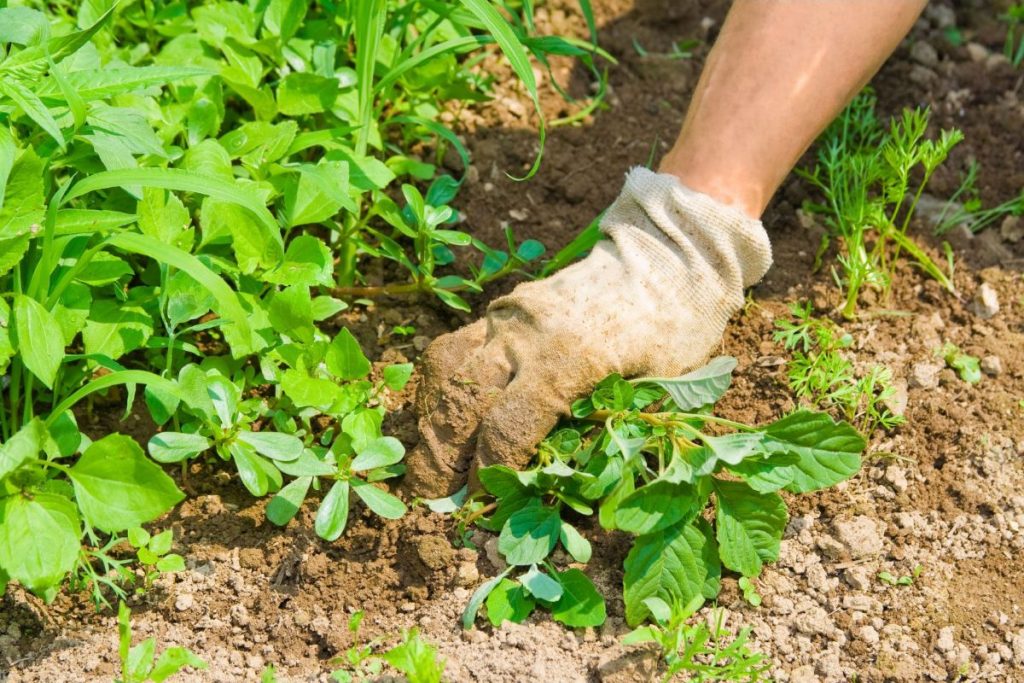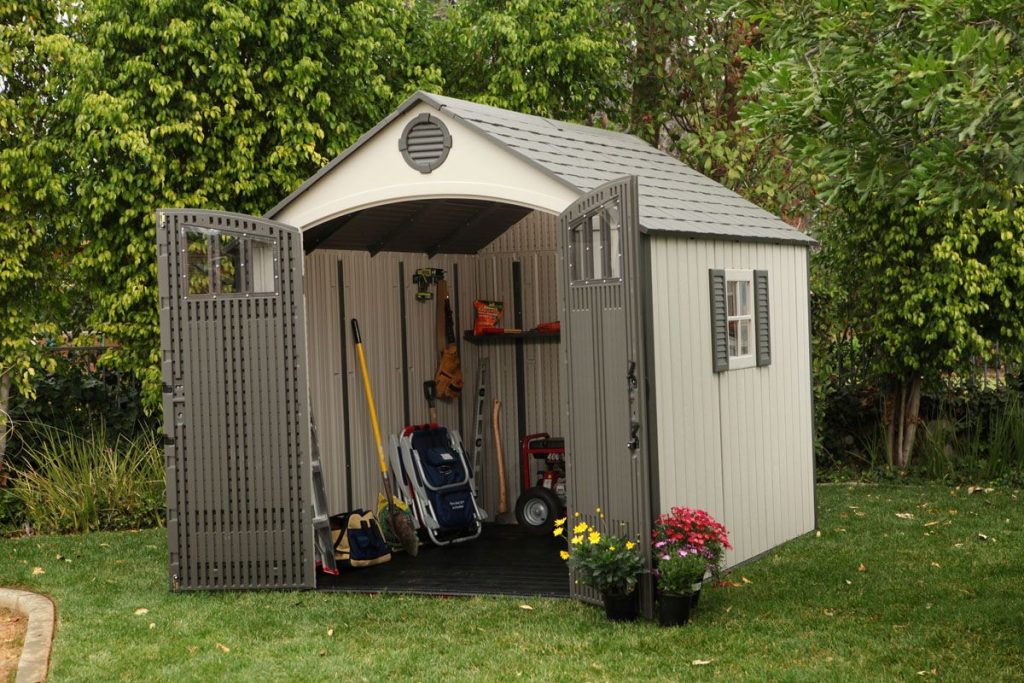Table of Contents
When it comes to adding beauty, life, and a wonderful aroma to any room, there is nothing like a big vase full of freshly cut flowers. Whether they are roses, tulips, or even a collection of wildflowers from the field across from your home, they add ambiance to a room in a way that no fake air freshener spray or plug-in can. Sadly though, they do not last very long, but the good news is that there are a few ways to make your cut blooms last a few days longer than they normally would, and all with items that you already have in your home.
Prepare the Vase
When you first bring your freshly-cut flowers home from a market, it usually comes with a packet of nutrients for them. Putting this mixture in the water will help your flowers stay fresh, but it is also important how you put them in the vase as well. Some people might think that the more water you put in the vase the fresher the blooms will stay, but if any of the leaves are touching the water, this only encourages them to rot faster and affect the rest of the flower. Instead, cut the ends of the stems on the diagonal and combine the nutrient mixture with as much water that will fill the vase up halfway. After several days, remove any leaves or shoots that are starting to die, give the ends another cut, and change out the water.
Your vase plays a big role when it comes to increasing the life of the flowers. A vase needs to have some space for water, especially to hydrate the roots of the flowers. It should also be able to let the flowers breathe and not be made of harmful synthetic materials or colors. According to the world’s leading flower store, Blooming Box Dubai, people should concentrate on the vase as much as they do on the flowers.
Home-made Solution
Now that the nutrient mix is gone, your freshly cut flowers will start to fade faster, but there are ways that you can make them last longer. Spritz the blooms themselves with a little aerosol hairspray to preserve them for another few days and add a few pennies to the water copper in them helps to fight bacteria that cause the flowers to wilt.
If you want to make your own flower nutrient mix, all it takes is several tablespoons of bleach, an equal amount of vinegar, and four tablespoons of sugar. By mixing this and soaking the stems in it for several hours before you put the flowers in a vase along with the treated water, the ingredients will regulate the pH level and the sugar will keep the blooms vibrant. Fresh-cut flowers are a great way to spruce up any room in your home, and now you can make them last longer without having spent an extra penny.
You may want to check out this infographic about plants that thrive in the bathroom.
Lengthening the life of freshly cut flowers involves providing them with proper care, maintaining a clean environment, and ensuring they have access to water and nutrients. Here are some tips to help you keep your cut flowers looking vibrant for as long as possible:
Use Clean Vases and Tools
Begin with a clean vase to ensure there are no bacteria or residues that could harm the flowers. Wash the vase with hot, soapy water and rinse it thoroughly. Also, use clean, sharp scissors or floral shears to cut the stems. Dull blades can crush the stems, making it harder for the flowers to take up water.
Cut the Stems at an Angle
Trim the stems at a 45-degree angle. This increases the surface area for water absorption, allowing the flowers to stay hydrated effectively. Be sure to make a clean, sharp cut, and avoid crushing or splitting the stems.
Remove Excess Foliage
Remove any leaves that will be submerged in water. Leaves in water can promote bacterial growth, which can harm the flowers. Removing excess foliage also helps the flowers focus their energy on blooming.
Choose the Right Water Temperature
Use lukewarm water rather than cold water. Lukewarm water is easier for the flowers to absorb, as it’s closer to their natural internal temperature. This can speed up the hydration process.
Add Flower Food
Consider using a packet of flower food. These packets contain essential nutrients like sugar, acidifiers, and biocides that help nourish the flowers and inhibit bacterial growth. Follow the instructions on the packet for the best results.
Change the Water Regularly
Change the water every 2-3 days, or sooner if it starts to look cloudy or discolored. Fresh water helps prevent the growth of harmful bacteria that can clog the stems and hinder water uptake.
Re-Cut the Stems
Every time you change the water, re-cut the stems at a slight angle. This refreshes the cut and allows the flowers to continue absorbing water effectively. Use sharp, clean scissors to ensure a clean cut.
Keep the Vase Clean
Rinse the vase thoroughly with hot water each time you change the water. This removes any bacteria or residue that may have accumulated, ensuring a clean environment for the flowers.
Avoid Direct Sunlight and Heat
Place the vase in a location away from direct sunlight and sources of heat, like radiators or heating vents. Direct sunlight and heat can cause the flowers to wilt more quickly.
Provide Adequate Air Circulation
Ensure there is some airflow around the flowers. This prevents moisture buildup, which can encourage mold and bacterial growth. Avoid placing the vase in enclosed spaces with limited ventilation.
Avoid Ethylene-Producing Items
Ethylene is a natural gas produced by certain fruits, vegetables, and some household items. It can speed up the aging process of flowers. Keep your flowers away from ethylene-producing items like apples, bananas, and cigarette smoke.
Choose the Right Location
Place the vase in a cool, draft-free area. Avoid placing it near appliances that emit heat, like ovens or refrigerators. A consistent, moderate temperature helps the flowers maintain their freshness.
Monitor Water Levels
Check the water level daily and top it up as needed. Some flowers can be quite thirsty, especially in warmer environments.
By following these tips, you can help extend the lifespan of your freshly cut flowers and enjoy their beauty for a longer period of time.
What is the Best Additive for Cut Flowers?
The best additive for cut flowers is flower food. Flower food is a specially formulated mixture of nutrients that helps to extend the life of cut flowers. It typically contains three main components:
Sugar
Provides carbohydrates that act as a source of energy for the flowers, helping them to open and develop properly.
Acidifier
Helps to lower the pH level of the water, which in turn improves the flower’s ability to take up water and nutrients.
Biocide (Bactericide/Fungicide)
Prevents the growth of bacteria and fungi in the water, reducing the chances of stem clogging and bacterial contamination.
Using flower food helps to recreate some of the natural conditions that flowers experience in the wild, allowing them to thrive in a vase. It’s readily available at most florist shops, garden centers, and even some grocery stores.
If you don’t have flower food on hand, you can make a DIY version by adding sugar and a few drops of lemon juice or vinegar to the water. While this won’t be as effective as commercial flower food, it can provide some nutrients and help maintain water quality.
Remember to change the water and add fresh flower food every 2-3 days to ensure the flowers receive a continuous supply of nutrients and to prevent bacterial growth.
How to Make Cut Flowers Last Longer Infographic









